Introduction
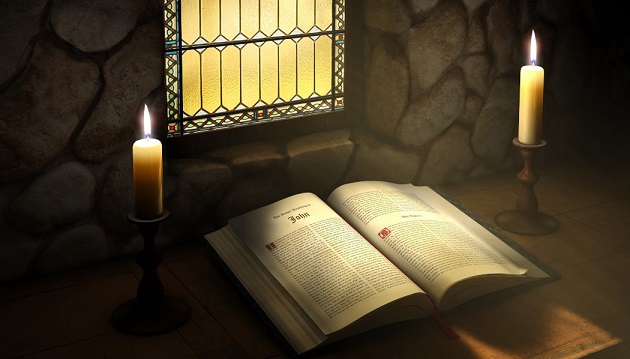
An Introduction to the Ancient and Accepted Rite.
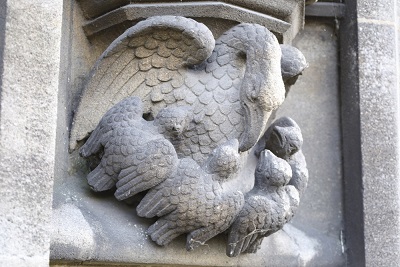 |
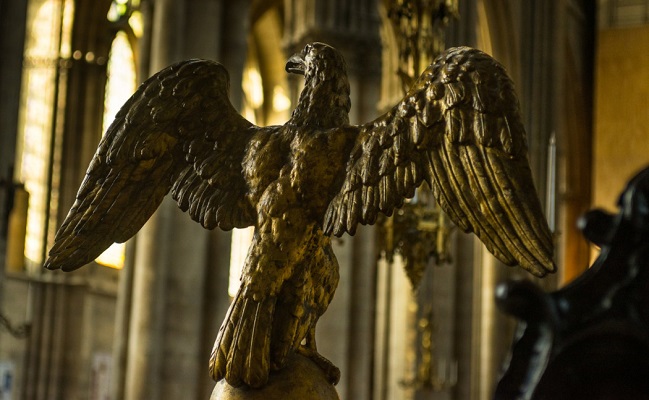 |
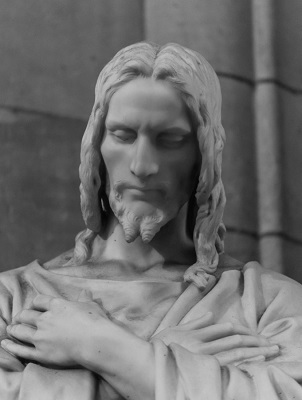 |
The Aim of the Order
The aim of the Order, which, in New Zealand, is Christian in character and practice, is to provide a duly qualified Master Mason with the opportunity to extend his participation, knowledge and enjoyment of masonry. The Ancient and Accepted Rite continues the teachings of symbolic masonry in a series of most interesting degrees.
How The A & A Rite Started
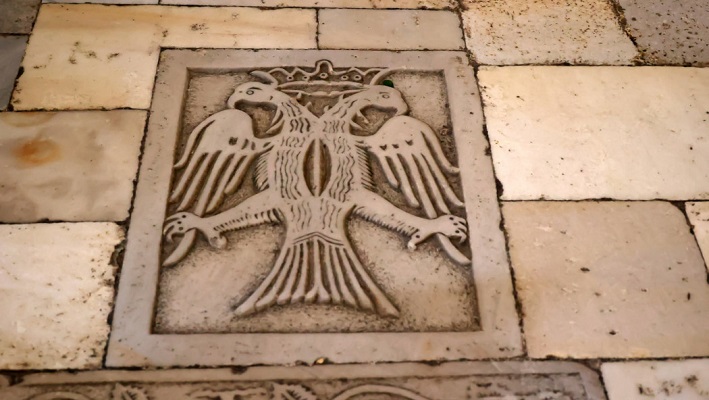 |
 |
The Ancient and Accepted Rite (known in some jurisdictions as the Scottish Rite), continues the teachings of symbolic masonry and like Christianity, points members towards the perfection of their own character.
The association of the rose and the cross dates at least to the time of Christ. While the symbology and truths are ancient – and carry with them knowledge and concepts for life - they were brought together in the 18th.
The atmosphere of freedom of association and learning, together with similar social freedoms developing in France and Britain in the eighteenth century created a perfect climate for the development of the Rose Croix Order. At the time of the establishment of the Grand Lodge in 1717 there were many Masonic degrees in existence, usually communicated as “side” degrees by individuals or Lodges.
These degrees were incorporated in the Rite of Perfection, which flourished in France in the first half of the Eighteenth Century. This Rite, originally contained 25 degrees, to which ultimately were added 8 degrees, taking the total to 33 degrees to form the Ancient and Accepted Rite.
The Rite of Perfection is the fountainhead for what is now known as the Ancient and Accepted Rite.
To ensure its consistency of ritual and teaching, Constitutions for the Order were established in 1786, claimed to be promulgated under the titular direction of Frederick the Great who ruled Prussia from 1740 to 1786. These remain the Constitutions under which all Supreme Councils throughout the world have been formed.
Leadership in each jurisdiction comes from a Supreme Council (or more completely titled, Supreme Council 33° of the Ancient & Accepted Rite). Given that the American revolution was inspired by the then novel ideals of self-government and of freedom in all its forms, it isn’t surprising that the first Supreme Council was established in Charleston in 1801. This became the Supreme Council, Southern Jurisdiction USA and a Supreme Council, Northern Jurisdiction USA, was first ratified in New York in 1815 and later united with a competing Supreme Council in New York in 1867.
In an example of “the child teaching the parent”, the Supreme Council Northern Jurisdiction sponsored the Supreme Council for England and Wales, in 1845.
In due course, the Rite spread to all parts of the world where freedom and Christian principles are cherished.
The first New Zealand Chapter was formed at Greymouth, in 1875 under the authority of the A&A Rite for England and Wales. The order continued under that jurisdiction until 1994 when the New Zealand Supreme Council was established on February 12, 1994. Today there are approximately 44 New Zealand Chapters, four of which have celebrated their centenary.
The Supreme Council of the Ancient & Accepted Rite for NZ therefore owes it origin, via the Supreme Council of the Ancient & Accepted Rite for England & Wales, to the Supreme Council, Northern Jurisdiction USA.
The A&A Rite for NZ has amity with and exchanges representatives with the following Supreme Councils: England & Wales; Northern Jurisdiction, USA; Southern Jurisdiction, USA; Australia; Canada; Finland; Germany; Ireland; Netherlands; Scotland.
What is Rose Croix?
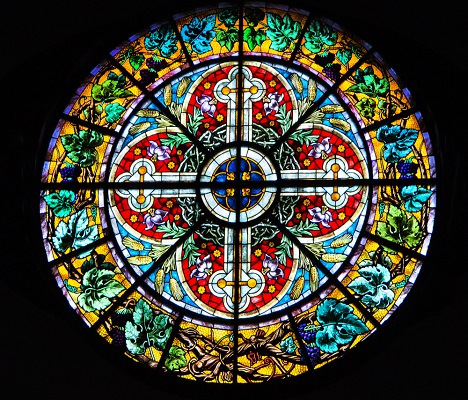 |
 |
 |
All Master Masons are eligible to join by taking the Ceremony of Perfection, which confers the 18th degree – Prince Rose Croix of Heredom. Thereafter, by completing various duties and becoming expert in various rituals, a Rose Croix mason may be promoted to the 30th, 31st, 32nd degrees and – for a relative few – to the 33rd.
The 4th to the 17th degree and the 19th to the 29th could take years to earn each of the degrees one after the other. Therefore, the first set are conferred by name at the Perfection of each 18° candidate and the second set conferred by name at the advancement of a Prince to the 30°. These intervening degrees are worked in NZ by some of the District Past Sovereign Chapters each year. Rose Croix masons are offered opportunities to “fill in the gaps” by working the intervening degrees, in parallel with their progressive advancement via the 18th and 30th to 33rd degrees.
The Rose Croix degree, it is claimed by some, is the most dignified and beautiful degree experienced in the fabric of Freemasonry. It is by no means an exaggeration to describe the discoveries of the Rose Croix degree as the result and perfection of all preceding masonry – which in itself challenges the Rose Croix mason to a fuller understanding of what he is being taught.
Why Craft mason should join the Rose Croix
All Rose Croix masons are members of craft lodges and many participate in the Royal Arch. Some are previously unattached Masons. From studies taken, it is recognised that most Rose Croix members are active Freemasons especially in their Lodge and other Orders they belong to.
The Ancient and Accepted Rite builds on the Master Masons knowledge from the first 3 degrees and provides a pathway for continual improvement in masonic knowledge and enjoyment in the companionship of Freemasons with a similar interest.
Rose Croix Masonry is an opportunity to further extend your masonic studies, to be further enlightened into the philosophies of Freemasonry, to further understand yourself.
